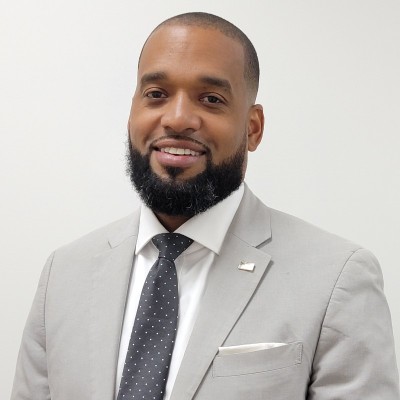An optimized schedule isn’t just about filling slots. It’s about maximizing efficiency while ensuring high-quality patient care. Small adjustments can eliminate bottlenecks, improve staff workflow, and significantly boost profitability.
Use Data to Set the Right Appointment Lengths
Many practices set appointment times based on assumptions rather than real data. Tracking actual appointment durations through electronic health record reports reveals inefficiencies. If comprehensive exams consistently run over by 10 to 20 minutes, but contact lens follow-ups routinely finish early, adjusting timeslots accordingly prevents daily backups.
Beyond visit types, patient-specific trends matter. For example, first-time progressive lens wearers or patients with complex prescriptions often need more counseling. Tagging these cases in your system allows schedulers to adjust in real time.
Block Scheduling for High-Value Appointments
Grouping similar appointments—particularly high-revenue services such as myopia management or scleral lens fits—reduces stress and increases conversion rates. Scleral lens patients need extra time for measurements, trial lens assessments, and education, and rushing these visits reduces success rates and potential upgrades. Instead of squeezing these cases in between routine exams, allocate dedicated blocks where staff can fully engage without interruption. This arrangement improves the patient experience and leads to better long-term outcomes.
Smart scheduling isn’t about working harder—it’s about working smarter. By analyzing data and structuring appointments strategically, practices can increase profitability while delivering a better patient experience.
Stay tuned for next week’s pearls.
This editorial content was supported via unrestricted sponsorship.




